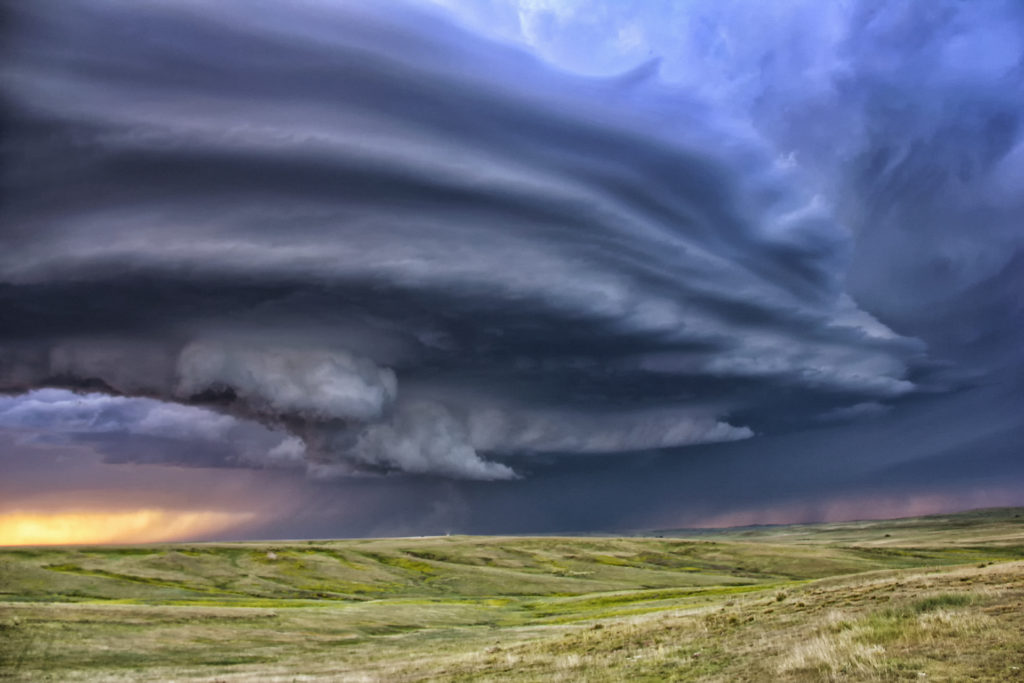Weird Weather: How to Be Resilient In a Time of Climate Chaos

The rise in extreme weather has not affected the steps organizations must take to be resilient; however, it has altered the threat landscape for many, if not most, regions and organizations. Companies must ensure their threat assessments and plans reflect today’s weird new realities.
Related on MHA Consulting: Risk Assessment: The Best Way to Identify Your Biggest Threats
Weird Weather and BCM
The past twenty years have seen a dramatic increase in the number of extreme weather events worldwide. The past several months—with record low temperatures in parts of the South and widespread flooding in California—have seen the continuation of this trend.
Our experience as consultants—as well as the rise in Google searches combining terms such as climate events and business continuity—suggest that many business continuity management (BCM) professionals are eager to learn what they should be doing to help their organizations stay resilient in the face of today’s increasing drumbeat of floods, droughts, wildfires, and hurricanes.
One possible answer to this question is, the same things they have been doing, assuming they had a sound program to begin with.
This might seem odd but it’s nothing other than the truth.
Global climate change and its effects (or, if you prefer to avoid the issue of causation, the rise in extreme weather events) has not had any effect on the fundamental principles and requirements of business continuity. It’s still the case that good BCM requires organizations to assess the threats they face (human, natural, and technological), identify their most critically time sensitive business processes, and implement mitigation controls (such as recovery plans) to reduce their risks and protect their most important processes from the likeliest and most impactful threats.
Assessing the natural threats facing the organization has been a cornerstone of BCM all along. It’s always been important for BC professionals to be aware of the adverse weather that might impact their people, technology, and facilities and to take steps to mitigate them. By the same token, it’s always been important for organizations to regularly review and update their threat assessments and recovery plans.
What has changed about all that? Nothing.
That’s why it’s not out of line to say the rise in extreme weather has had no impact on the practice of BCM.
But of course something important has changed and that’s the weather itself.
Staying Abreast of Changing Threats
The documented changes in weather patterns we’ve seen over the past couple of decades have meant two things.
Many extreme weather events are increasing in severity (droughts are lasting longer, wildfires are bigger, hurricanes are stronger). And some regions are experiencing certain types of extreme weather that never or rarely happened there before (such as prolonged heat waves).
This means that organizations that are relying on outdated threat assessments—or threat assumptions—are leaving themselves wide open to unpleasant surprises.
Weather-related impacts in their location might be different or more severe than what they’re used to. Winter storms in their area might be worse than it used to be. Flooding might be worse.
Organizations have to keep abreast of these changes and make sure their threat assessments and recovery plans reflect them. Among the items you might want to address in your plans are how your staff might be impacted and potential adjustments to relocation or remote work capabilities. What are the operational impacts of potential changes in the availability of water or an increase in the risk of flooding, snowfall, or fires? If we look at western wildfires for example, are remote workers at increased risk due to their locations? Don’t forget about your vendors and third-party service providers and their plans (or lack thereof).
Obtaining Quality Information on Weather Trends
Weather-related risk assessment for a given geographic location is not necessarily within the skillset of every BCM professional. Fortunately, there are reputable organizations that make it their business to chart weather trends and threats for different areas that you can turn to for guidance.
Note the presence of the word “reputable” in the above sentence.
You don’t want to entrust the welfare of your organization and its stakeholders to random people you might encounter on YouTube or social media. For quality information on weather trends look to serious organizations such as local, county, and state emergency management offices, FEMA, NOAA, and university-based sources.
Stay Resilient by Staying Current
The rise in extreme weather events has not changed the practice of BCM, but it has altered the threat landscape for many regions and organizations. To help their companies stay resilient, BCM professionals need to keep abreast of these changes and make sure their threat assessments and recovery plans reflect them.
Organizations should regularly review and update their assessments and plans to ensure they are prepared for weather-related events that might be different from or more severe than what they are used to. In gathering information on weather trends, it’s important to turn to reputable organizations such as local, county, and state emergency management offices, FEMA, NOAA, and university-based sources.
Further Reading
For more information on threat and risk assessment, and other hot topics in BC and IT/disaster recovery, check out these recent posts from MHA Consulting and BCMMETRICS:
-
- The Face in the Mirror: The Importance of Truly Knowing Your Own BC Program
- Global Turmoil Making You Ill? Try a Dose of Risk Management









